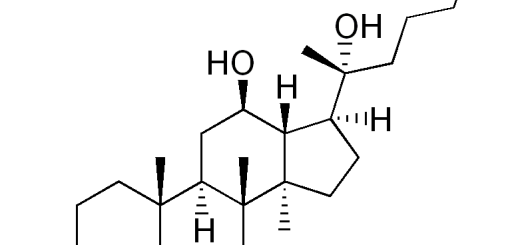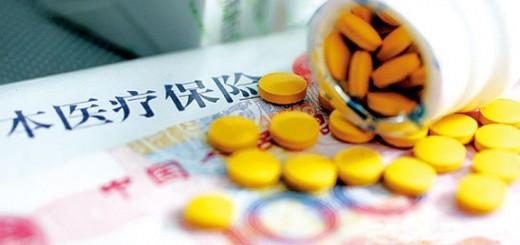| Share This Article
Research Frontiers of Medicinal Plants |
||
| DOWNLOAD |
|
Downloads Pharmacological Review of Ginsenoside Dammarane Saponin Rh2 Downloads Pharmacological Review of Ginsenoside Dammarane Saponin Rg1 Downloads Pharmacological Review of Ginsenoside Dammarane Saponin Rb1 Downloads Pharmacological Review of Aglycon Dammarane Sapogenin (AGS) – Protopanaxatriol (PPT) Downloads Pharmacological Review of Aglycon Dammarane Sapogenin (AGS) – Protopanaxadiol (PPD) |
PPD reverses multidrug resistance in cancer cells
One of the major causes for cancer cells to resist current chemotherapy is attributed to the over-expression of P-glycoprotein (P-gp), resulting in insufficient drug delivery to the tumor sites. Protopanaxadiol can induce apoptosis and significantly enhance the tumor inhibitory effects of chemotherapeutics in a synergistic fashion. One of the possible mechanisms is by blocking P-gp activity. The final deglycosylation metabolite of protopanaxadiols (PPDs) IN VIVO is 20S-protopapanaxadiol (aglycone PPD, PPD), which has also shown anticancer activity and synergy with chemotherapy drugs. In the present study, P-gp over-expressing cancer cells were utilized to test whether PPD also inhibits P-gp activity. We found that PPD caused similar cytotoxicity in P388adr leukemia cells as their parental non-MDR cells, suggesting that PPD may not be a substrate of P-gp. On the other hand, the calcein AM efflux assay showed that PPD was able to inhibit P-gp activity as potently as verapamil on MDR cells. The blockage of P-gp activity was highly reversible as wash-out of PPD resulted in an immediate recovery of P-gp activity. Unlike verapamil, PPD did not affect ATPase activity of P-gp suggesting a different mechanism of action. The above results indicate that PPD is not a substrate of P-gp. It is also the first time that PPD has showed a reversible nature of its P-gp inhibition. In addition to its pro-apoptotic nature, PPD may be a potential new P-gp inhibitor for cancer treatment. Source: Zhao Y, Bu L, Yan H, Jia W. 20S-Protopanaxadiol Inhibits P-Glycoprotein in Multidrug Resistant Cancer Cells. Planta Med 2009; 75: 1124–1128 |








